Gigabyte MB51-PS0 Management
These days, out of band management is a standard feature on servers. Gigabyte offers an industry standard solution for traditional management, including a Web GUI. This is based on the ASPEED AST2500 solution, a leader in the BMC field.
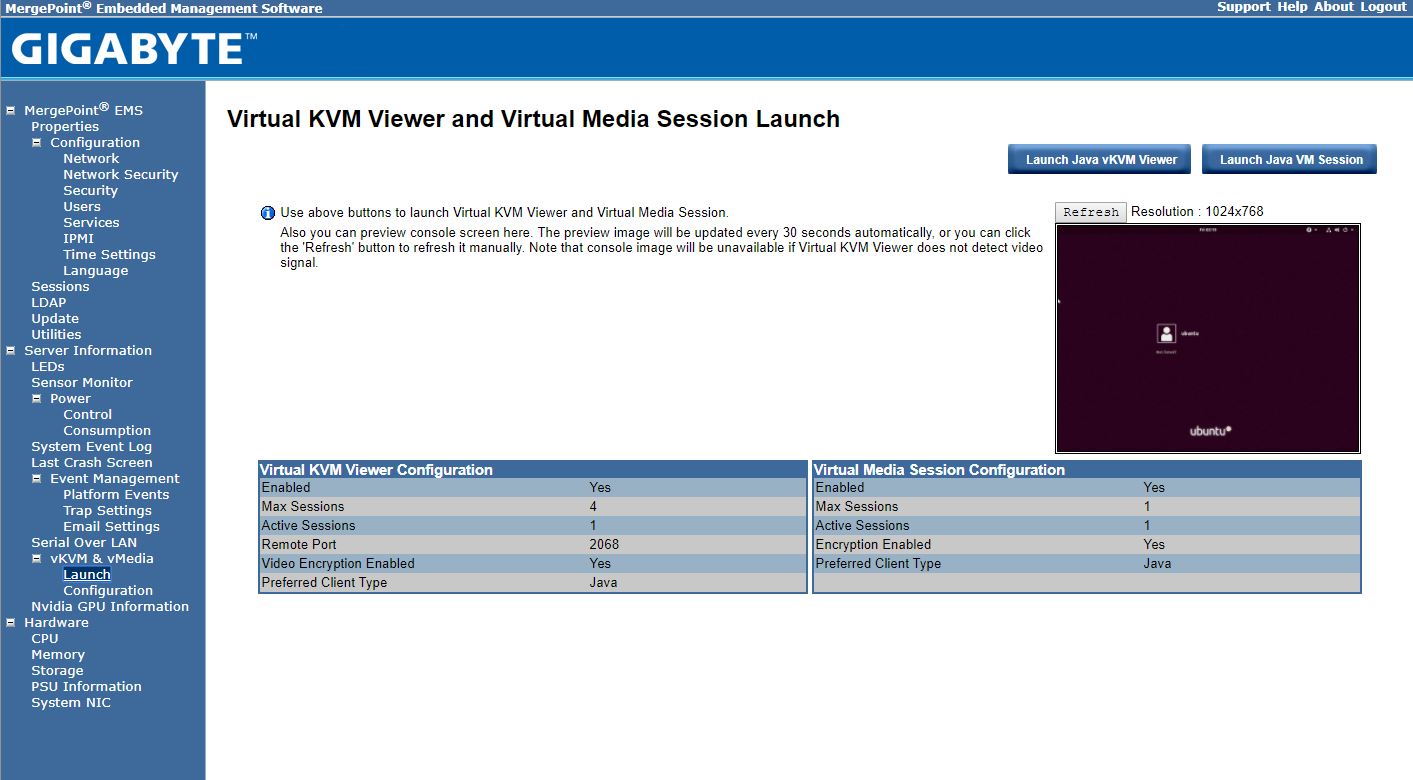
With the Gigabyte MB51-PS0 solution, one has access to the Avocent MergePoint based solution. This is a popular management suite that allows integration into many systems management frameworks.
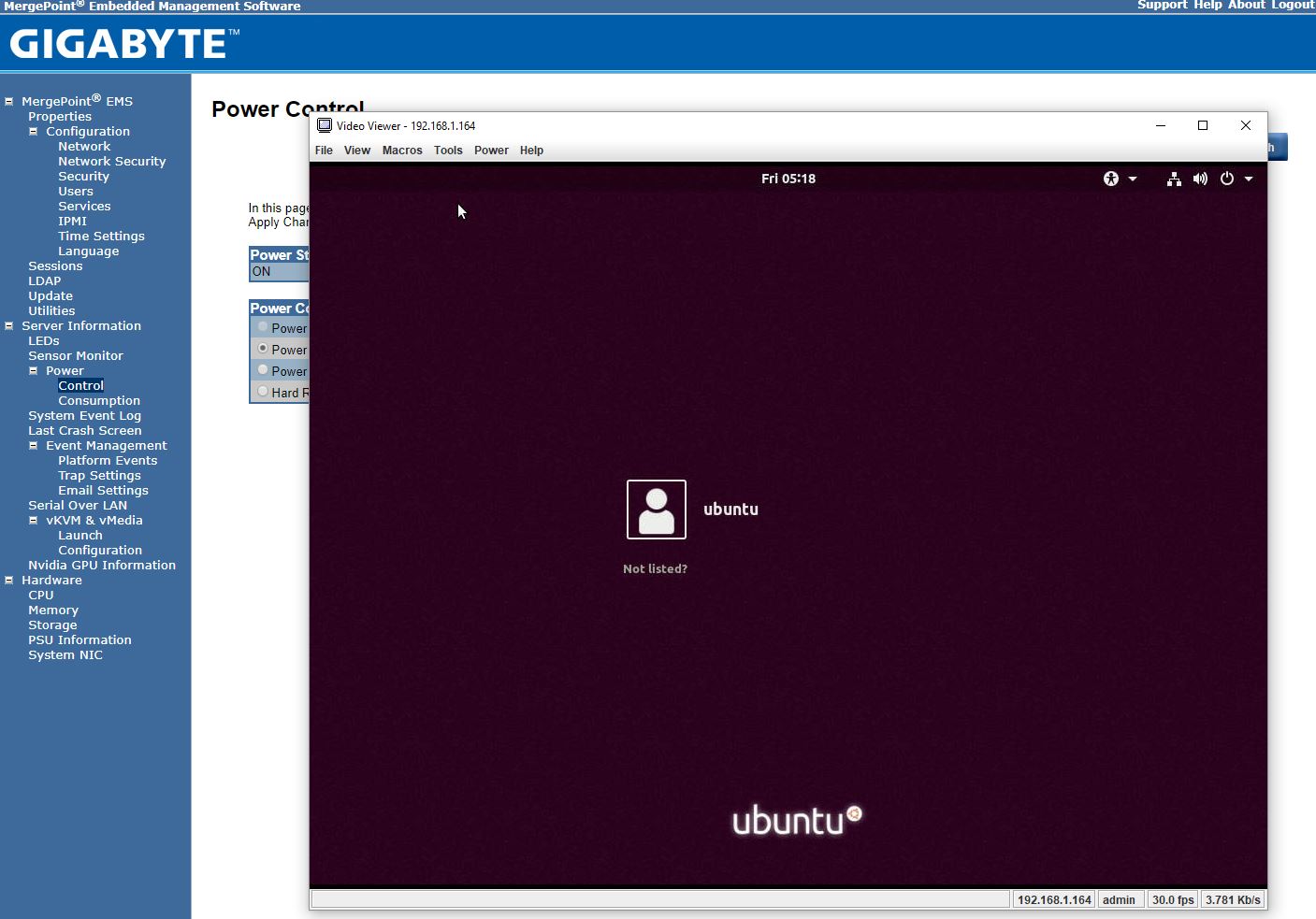
Gigabyte allows users to utilize Serial-over-LAN and iKVM consoles from before a system is turned on, all the way into the OS. Other vendors such as HPE, Dell EMC, and Lenovo charge an additional license upgrade for this capability (among others with their higher license levels.) That is an extremely popular feature because it makes remote troubleshooting simple.
At STH, we do all of our testing in remote data centers. Having the ability to remote console into the machines means we do not need to make trips to the data center to service the lab even if BIOS changes or manual OS installs are required.
Gigabyte MB51-PS0 Block Diagram
With these platforms that are pushing the capabilities of embedded SoC’s, the block diagram becomes an important tool to see how everything is connected. Here is a block diagram that shows the block diagram of the Gigabyte MB51-PS0.
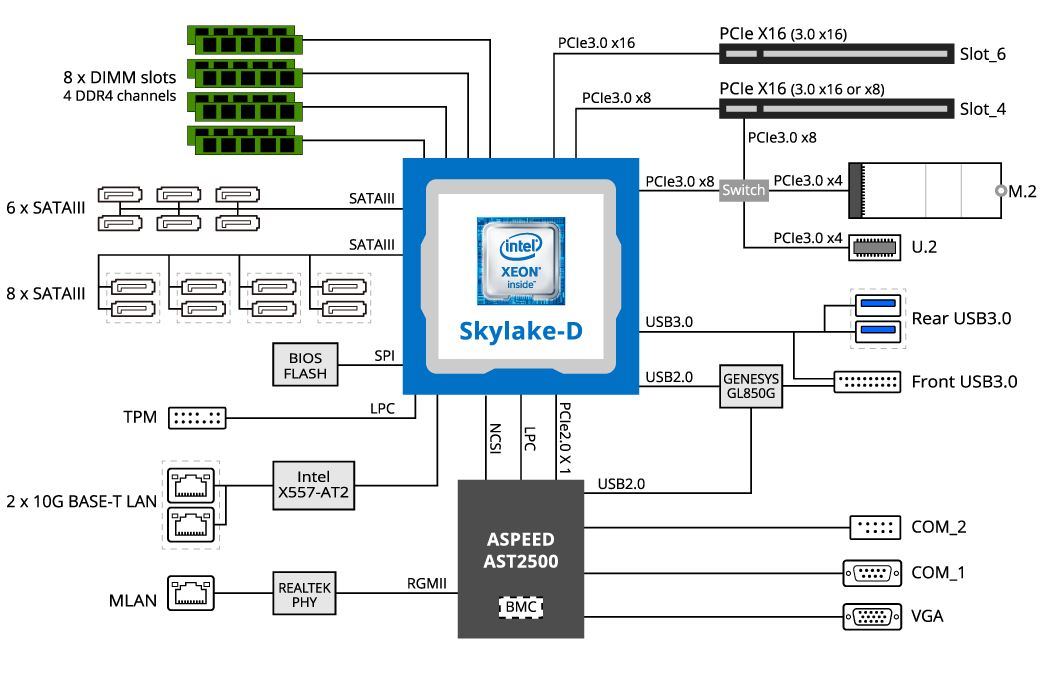
Perhaps the most noticeable feature is the PCIe switch that switches the second PCIe x16 (Slot_4) and the NVMe storage provided via the M.2 and Slim SAS U.2 ports. Beyond that, this is a fairly standard block diagram for the Xeon D platform. Here is the basic topology:
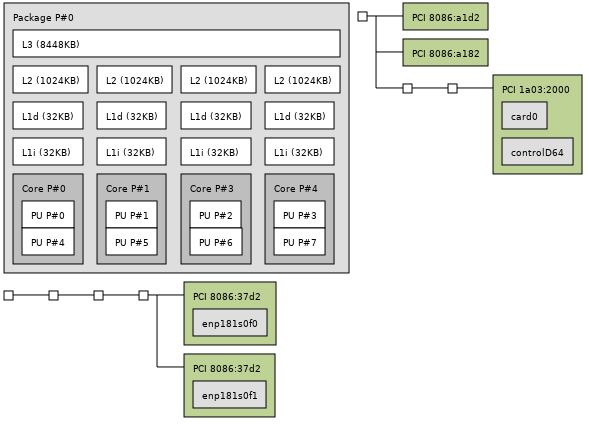
Now that we have the hardware overview and block diagram view, along with the management solution covered, it is time to look at performance and power consumption before giving our final thoughts.



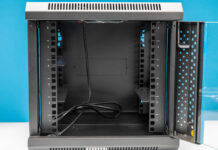
I really wish cost was included on these, although all of the Xeon D offerings I’ve seen have been more expensive than I would care to afford.
It’s SO frustrating to keep reviewing these 9+ reviews that don’t come with the context of price. It would probably be a perfect 10 if it were $100. If it were $1M, it would get a much lower review. So…. what does it cost?
https://b2b.gigabyte.com/Server-Motherboard/MB51-PS0-rev-10#ov
GIgabyte’s webpage (above) is describing the D2123IT cpu as being 16 core, while this review describes it as quad core/8 thread….
Which is correct?
Correction: their graphic highlight of features describes it as 16 core, but the specs page lists quad core…probably a typo on their webpage, sorry
For its fairly high performance and impressive storage and networking capability, this Xeon D board gives you fairly high power consumption in a fairly large footprint, with only 2 PCIe slots. I think a comparison against socketed Skylake-SP is warranted. Why would you choose this over (say) a Xeon Silver 4112 + mobo?
Also, thanks for including the Atom 39xx comparisons, showing significantly faster kernel compiles, with half the idle power. Good reminder of the power of parallelism for some workloads. Horses for courses…
James and Kevin – it is somewhat hard given embedded products are generally sold to OEM customers who are buying in quantity. The single boards do not have retail pricing so I have an idea of what retailers will buy them for, but they can list them at whatever price they want which is sometimes higher to reflect their need to discount on deals. On the consumer side, pricing is much easier. On the enterprise/ embedded side, there is a lot more going on.
Mark – the original version was spec’d for the 16 core part but Gigabyte changed that to the 4 core part which should lower pricing by $2K per board.
fmhyr – great question. I would probably use a 4108 or 4110 in the comparison over the Silver 4112. These Xeon D parts are core-for-core faster than their Xeon Silver counterparts.
Patrick, I think you should specify the price disclaimer on every post otherwise this is just going to keep coming up.
Thanks for the review btw, good stuff!
While this is a very interesting review and unit, I am located in the EU area and I cannot find nor pricing or availability anywhere. Is the product available? Do you know any distributors or online retailers that can provide it?
So basically. Very exciting board, no idea about power usage. Compared to the ‘better performing under certain workloads’ Atoms it uses more power, has more capacity for RAM expansion, has more SATA available, has some extra extensions notably AVX512 (Atom has none) and likely is more expensive by thousand(s) of USD
Also still don’t know where to purchase one